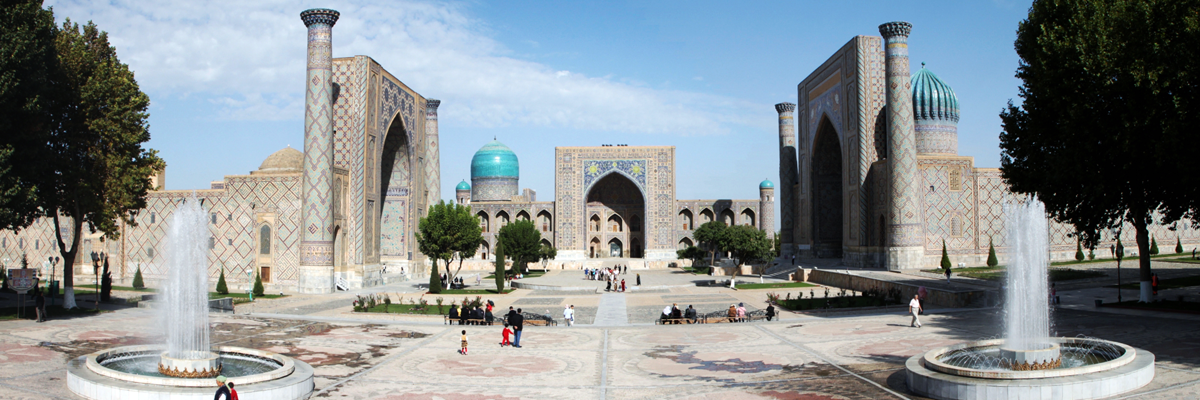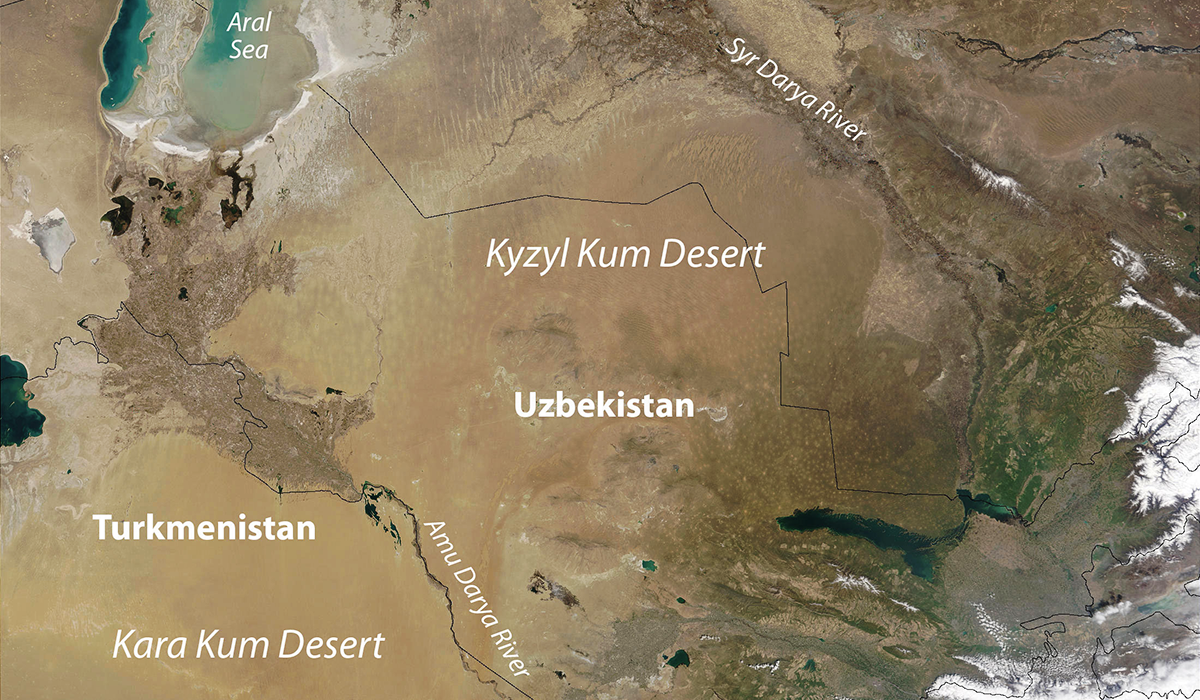The Silk Road. More magical than that it doesn’t get. Seven hundred years ago Marco Polo took curiosities from Europe to China and vice versa. We believe that we will take modern day curiosities from China with us (car, smartphones, laptops, clothing, and sunglasses) bridging East and West by blogging, sharing, observing, listening and looking around us along this ancient trading route.
There is actually no such thing as a single Silk Road as it existed of short term trading routes that continuously shifted over time. The main causes for these shifts were wars, robbers, or natural disasters. We intend to stay far away from them! The northern routes were plagued by nomadic horsemen and a lack of settlement to provide fresh suppliers and mounts; the south by fearsome deserts and frozen mountain passes.
The Silk Road had its main eastern terminus at the Chinese capital Ch’ang-an (modern Xi’an) and western terminus at Constantinople (modern Istanbul). Although we do not pass by Xi’an we do travel mostly the southern Silk Road, south of the Caspian Sea and crossing some of the hottest deserts on earth.
The Silk Road gave rise to unprecedented trade but its true legacy was the intellectual exchange of ideas, technologies and faiths that formed the world’s first ‘information superhighway’. Culturally, the most important secret passed from China to Europe is the technology of paper making. Paper production technology was brought from China to Samarkand (Uzbekistan) and Baghdad (Iraq), from where it gradually spread into Europe.
To preserve this legacy of ‘road of exchanges’, the eastern section of the Silk Road has been added to the World Heritage List in June 2014. China, Kazakhstan and Kyrgyzstan formally launched the project to apply for adding the initial section of the Silk Road and the routes network of the Tian-shan Corridor. This section is about 5000 kilometers long. It consists of 33 historical sites along the route, including 22 in China, 8 in Kazakhstan and three in Kyrgyzstan. They range from palaces and pagodas in cities to ruins in remote, inaccessible deserts.
We will follow in the footsteps of Marco Polo and share our experiences with you on this website. Kind of like modern day explorers, bringing East and West closer together.








